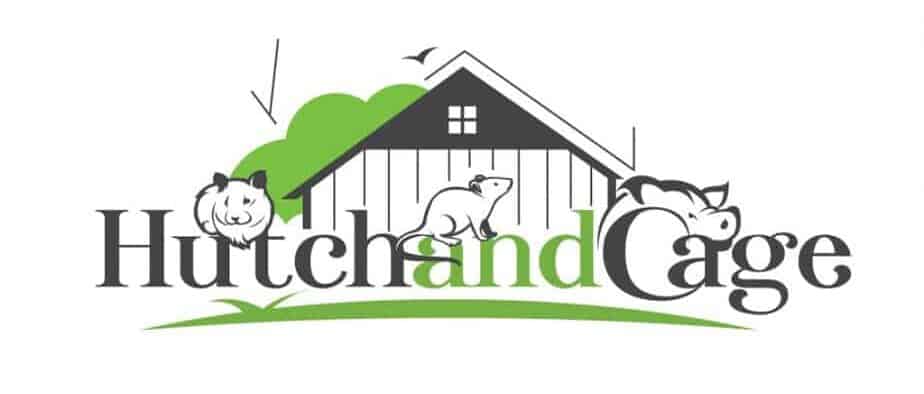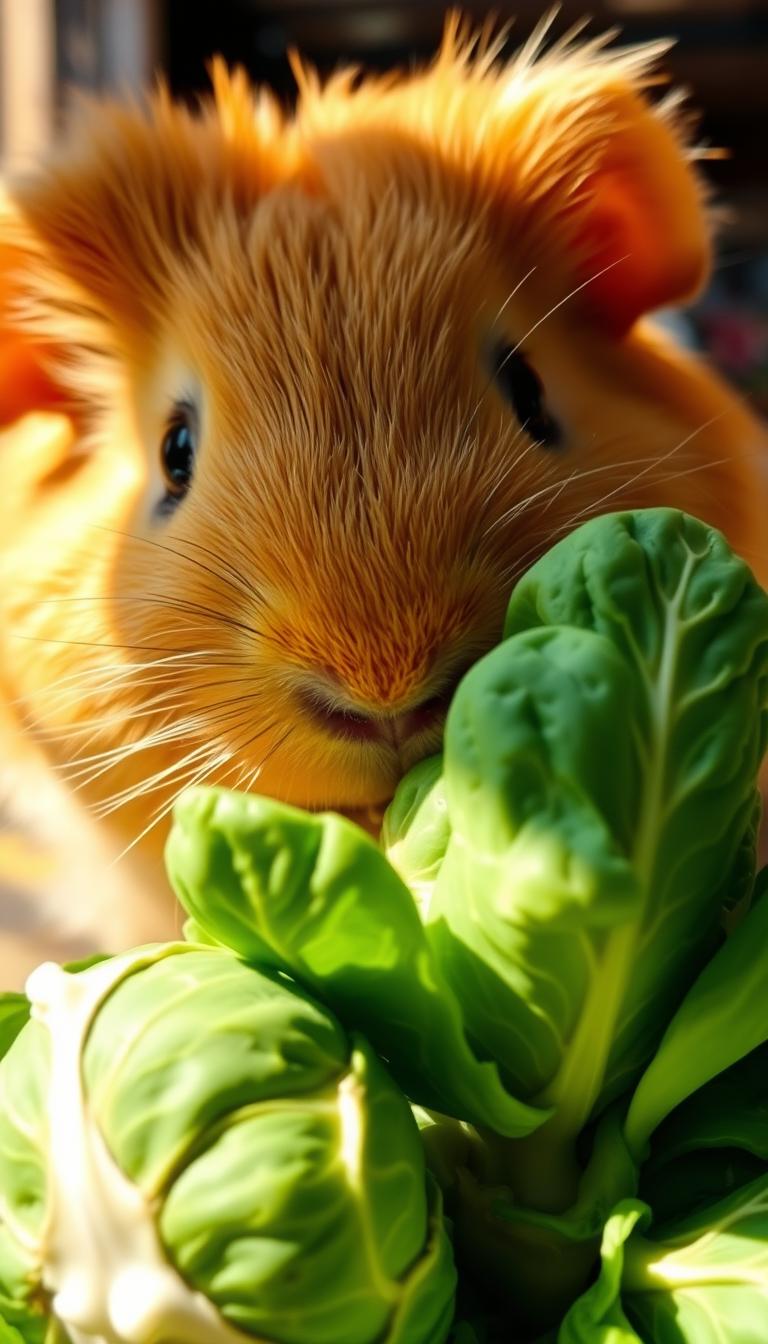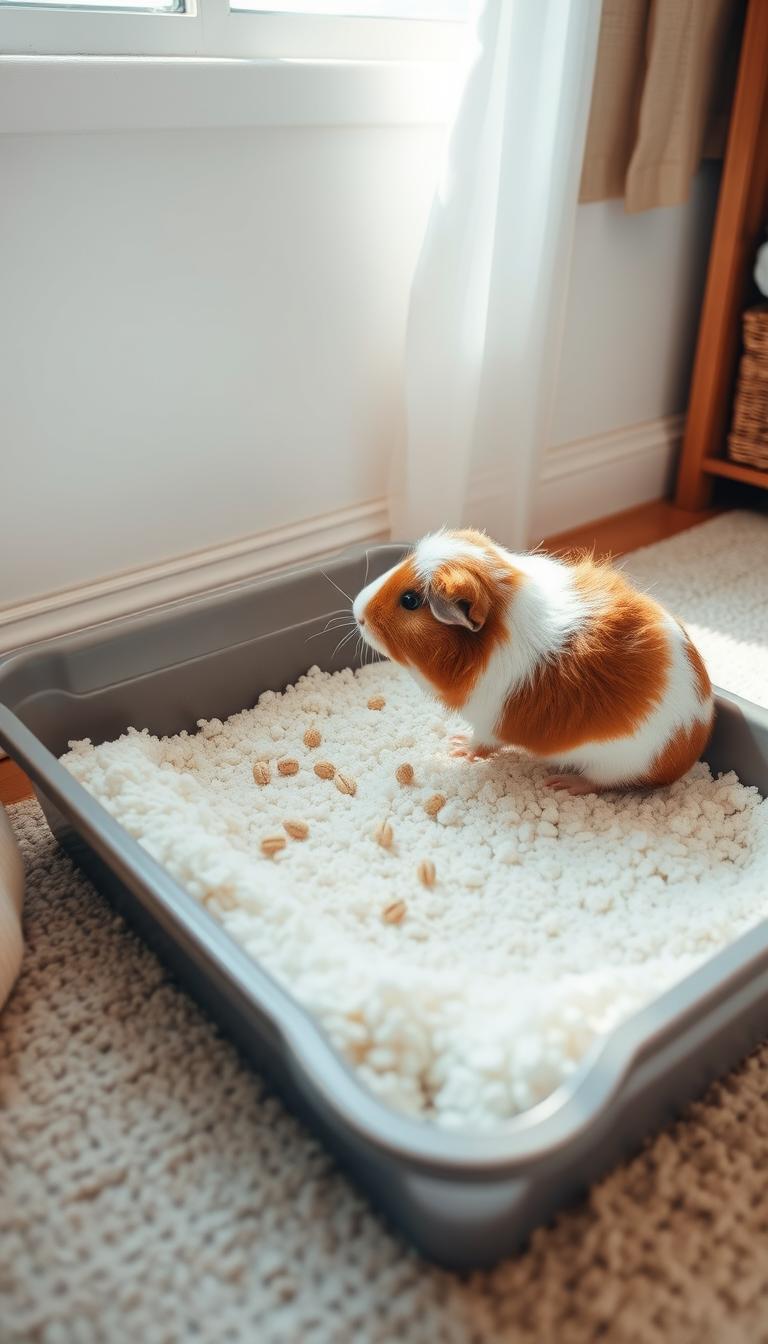If you’re a loving owner of these small herbivores, you might wonder about sharing snacks like peanuts. While these crunchy treats aren’t toxic, they’re far from ideal for your furry companion. Let’s explore why common human foods often clash with their delicate dietary needs.
Your pet’s digestive system thrives on high-fiber, low-fat foods like hay and fresh veggies. Nuts, however, pack excessive fats and carbs that can lead to serious stomach troubles. Even small amounts might cause discomfort or diarrhea—issues no pet parent wants to deal with.
Understanding your animal’s biology is key. Their bodies struggle to process salty or fatty items, making many “healthy” human snacks risky. This isn’t just about avoiding harm—it’s about optimizing nutrition for a vibrant, energetic life.
We’ll break down safer feeding strategies later, showing how to balance treats with essential nutrients. For now, remember: what’s tasty for you could disrupt your friend’s sensitive gut. Stick around to discover tasty, vet-approved alternatives that’ll keep those whiskers twitching happily!
Table of Contents
Understanding Guinea Pig Nutrition
Did you know your furry companion’s diet works like a finely tuned plant-processing machine? These adorable rodents thrive on strict herbivore nutrition, relying entirely on vegetation to fuel their bodies. Their unique digestive system features a specialized cecum—a fermentation chamber where friendly bacteria break down tough fibers into usable nutrients.
Unlike humans, these pets can’t produce Vitamin C naturally. A lack of this crucial nutrient leads to scurvy, causing joint pain and lethargy. Fresh veggies like bell peppers and kale become daily essentials to prevent deficiency.
The cecum’s bacterial balance dictates overall health. Sudden food changes or fatty treats disrupt this ecosystem, risking digestive chaos. High-fiber hay should make up 80% of meals to maintain gut harmony and tooth wear.
Understanding these needs helps you choose food that supports their biological blueprint. Stick to leafy greens, quality pellets, and occasional fruit treats—your pet will repay you with energetic popcorning and contented wheeks!
The Role of Hay and Fiber in Your Guinea Pig’s Diet

Imagine a food that cleans teeth and fuels digestion—welcome to the world of hay! This humble grass forms 80% of your pet’s meals, working overtime to maintain their well-being. Let’s uncover why it’s non-negotiable for their unique biology.
Importance of Fiber for Digestion
Fiber keeps their gut moving while supporting a surprising natural process called cecotrophy. Your furry friend produces special soft pellets packed with undigested nutrients, which they re-eat to fully absorb vitamins. Without enough roughage, this cycle breaks down, risking nutrient deficiencies.
Impact on Dental Health
Those ever-growing teeth need constant wear—enter hay’s crunch factor. Chewing fibrous strands 200+ times daily files down molars naturally. Skimp on hay, and overgrown teeth can cause pain, drooling, or refusal to eat.
| Hay Type | Fiber Content | Best For |
|---|---|---|
| Timothy | High | Adults |
| Orchard Grass | Moderate | All ages |
| Alfalfa | Lower | Young or pregnant pets |
Always provide fresh hay—unlimited access ensures proper digestion and tooth maintenance. Pair with leafy greens for a balanced diet that keeps those tiny jaws busy and healthy!
Can Guinea Pigs Eat Peanuts?

Crunchy and salty snacks might tempt you to share, but peanuts create a mismatch for your pet’s biology. Let’s crack open the nutritional facts behind this human favorite.
Breaking Down the Numbers
A single ounce of peanuts packs 14g of fat—nearly triple what your furry friend needs daily. Their tiny bodies thrive on 2-4% fat intake, making nuts a risky choice. Even “healthy” fats overwhelm their sensitive digestive tract.
Carbohydrates tell a similar story. Peanuts contain 6g of carbs per serving, conflicting with the low-carb, high-fiber diet essential for gut health. While nuts offer magnesium and phosphorus, these minerals appear in safer ratios in:
- Leafy greens like spinach
- Bell peppers
- Timothy hay-based pellets
The protein content (7g per ounce) seems beneficial but actually strains their kidneys. Unlike humans, herbivores process plant proteins more efficiently than nut-based sources.
Veterinarians emphasize that no amount of peanuts justifies the risks. Stomach inflammation and pancreatitis can develop quickly, even from small portions. Stick to species-approved treats to keep those digestive systems humming smoothly!
Risks of Nuts and Peanut Butter for Your Guinea Pig

Your furry friend’s snack time shouldn’t turn into a health emergency. While nuts and peanut butter might seem harmless, they threaten your pet’s delicate systems in multiple ways. Let’s explore why these human favorites belong far from tiny herbivore bowls.
Digestive Issues and Obesity Risks
Peanut butter’s thick texture hides a dangerous truth: 40% fat content that overwhelms their pancreas. This organ can’t handle rich foods, leading to inflammation or cell damage. Over time, fatty treats contribute to weight gain—a major concern since overweight pets face joint pain and heart strain.
| Food | Fat Content | Safe Alternative |
|---|---|---|
| Peanut Butter | 50% | Leafy Greens |
| Almonds | 49% | Bell Peppers |
| Cashews | 44% | Timothy Hay |
Bladder stones develop when nuts’ calcium combines with dehydration. These painful formations often require surgery—a risky procedure for small animals. Stick to foods to avoid lists from trusted sources.
Allergy and Choking Hazards
Sticky spreads can glue jaws shut or block airways—their esophagus measures just 4mm wide! Allergic reactions escalate rapidly too. Watch for puffed fur, wheezing, or frantic scratching after accidental exposure.
Vets report cases where nut residue triggered life-threatening swelling. Unlike humans, these pets can’t communicate discomfort until symptoms turn severe. Keep emergency clinic numbers handy if you’ve ever offered these risky snacks.
Vet-Reviewed Insights on Toxic Foods for Guinea Pigs

What looks harmless in your kitchen could be a hidden danger for your tiny herbivore? Even some plant-based items contain compounds that wreak havoc on their delicate systems. Let’s unpack the science behind these silent threats.
When “Natural” Doesn’t Mean Safe
Avocados hide persin—a fungicidal toxin that triggers fluid buildup in lungs and hearts. Chocolate’s theobromine overstimulates nerves, causing seizures in small doses. Onions and garlic? Their sulfur compounds destroy red blood cells within hours.
“These animals lack enzymes to break down common food chemicals we handle easily,” explains Dr. Emily Sanders, exotic animal veterinarian. “What’s a snack for us becomes poison for them.”
| Toxic Food | Dangerous Compound | Safe Swap |
|---|---|---|
| Avocado | Persin | Romaine Lettuce |
| Chocolate | Theobromine | Blueberries |
| Onions | N-propyl disulphide | Bell Peppers |
High-fat items strain their pancreas, while salt disrupts electrolyte balance. Watch for these signs of trouble:
- Lethargy or refusal to eat
- Labored breathing
- Unusual droppings
Stick to species-specific diets and consult your vet immediately if exposure occurs. Prevention beats emergency trips every time!
Alternatives to Peanuts: Safe Treats for Your Guinea Pig

Treat time becomes bonding time when you offer snacks that delight their taste buds and support their health. Fresh veggies like romaine lettuce and bell peppers provide the satisfying crunch they crave without harmful fats. These natural options deliver essential vitamins while keeping digestive systems happy.
| Veggie/Fruit | Serving Size | Key Benefit |
|---|---|---|
| Cucumber | 2 thin slices | Hydration boost |
| Carrot | 1 baby carrot | Vitamin A source |
| Bell Pepper | 1/8 slice | High in Vitamin C |
For special occasions, try small portions of best fruits for your pet like blueberries or apple slices. Always remove seeds and limit fruit to 1-2 times weekly—their sugar content adds up quickly!
“Variety prevents nutritional gaps,” says Dr. Lisa Morrison, exotic pet specialist. “Mix 3-5 veggie types daily, anchored by unlimited timothy hay.”
Introduce new foods gradually over 4-5 days. Watch for soft stools or changes in appetite. Wash produce thoroughly to remove pesticides, and serve at room temperature for easiest digestion.
Remember: 90% of their diet should be hay. Use colorful veggies as supplements, not replacements. Your furry friend will thrive with this balanced approach!
Observing Health Symptoms and When to Seek Veterinary Care
Your fluffy companion’s well-being depends on your watchful eye. Subtle changes in behavior often signal bigger health issues. Early detection prevents minor concerns from becoming emergencies.
Warning Signs of Toxicity
Lethargy or sudden disinterest in food demands immediate attention. Watch for watery eyes, unusual droppings, or labored breathing—these suggest something’s wrong internally. Diarrhea lasting over 12 hours dehydrates small bodies quickly.
Skin irritation or excessive scratching might indicate allergic reactions. Swollen joints or difficulty moving could point to vitamin deficiencies. Always keep fresh hay available to support their digestive system during recovery.
Contact your veterinarian if symptoms persist beyond a day. For safer treat options, explore nutrient-rich fruits that align with their dietary needs. Quick action paired with expert guidance keeps your tiny friend thriving!




